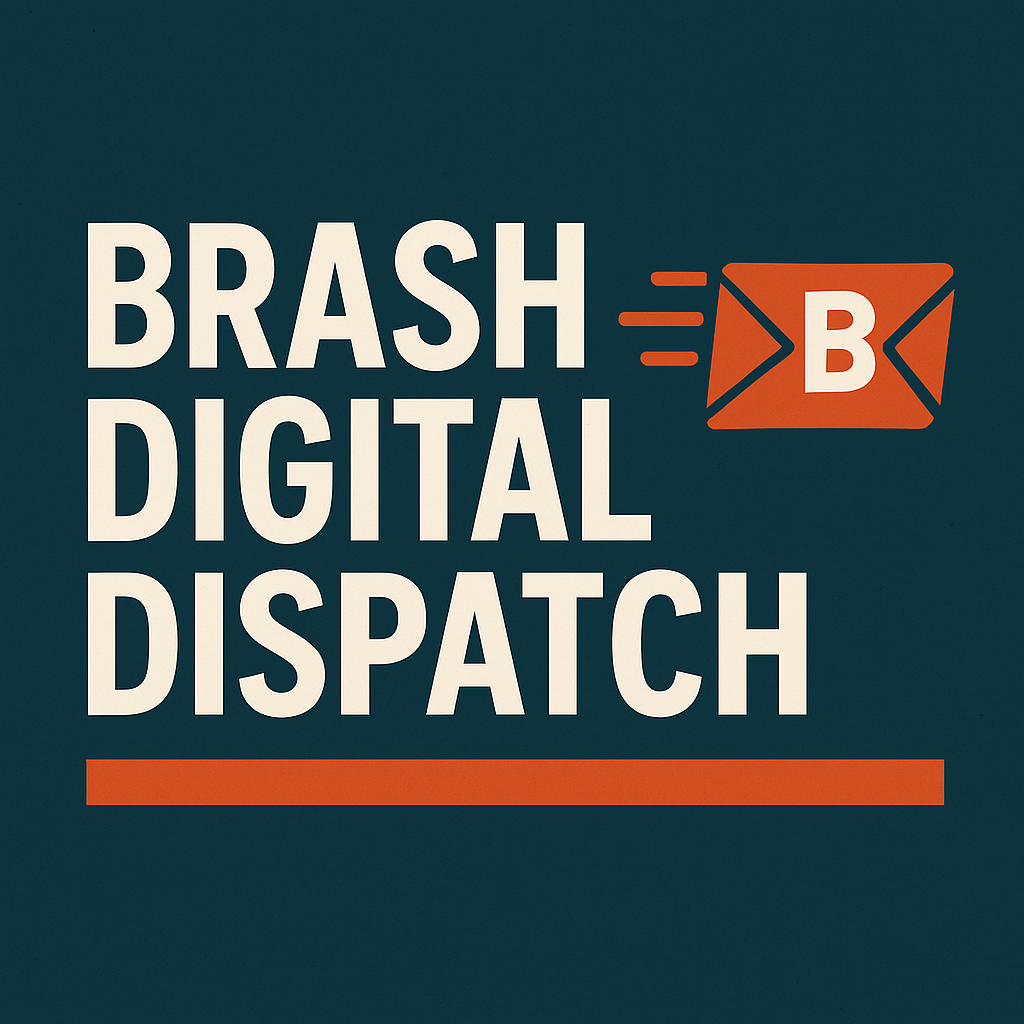Living With AI: Learning in the Age of Curiosity, Care, and Change
This wasn’t a Back-to-School series. It was a coming-of-age story.
Not for one student, or one classroom—but for a generation learning to live with AI. To question it. To shape it. To grow alongside it.
From the first post to the last, we didn’t just ask what AI can do. We asked what it feels like to learn with it.
We followed the rhythms of neurodivergent minds. We honored the quiet brilliance of homeschooling families. We stood beside teachers reclaiming their voice. We listened to middle schoolers navigating digital spaces with curiosity and fear. We built a digital village—one post, one image, one truth at a time.
This series was never about tools. It was about transformation.
🧠 What We’ve Learned
AI can be a co-regulator, a creative partner, a gentle nudge
It can help learners feel seen, not sorted
It can support emotional depth, not just academic performance
It can amplify human agency, not automate it
It can help us build rituals, not just routines
🔮 What Comes Next
Learning doesn’t end when the blog series does. It continues in the questions we ask, the tools we choose, and the communities we build.
Lifelong Learning: AI that grows with us, not just grades us
Creative Agency: Platforms that help us build, remix, and reflect—without erasing our voice
Emotional Intelligence: Tech that listens, adapts, and supports without judgment
Community: Learning that happens in shared spaces, digital and real, where every voice matters
🌟 A Human-Centered Future
To be human-centered is to design for nuance, not noise. It means asking:
“Does this tool help someone feel more capable, more curious, more seen?”
It means building tech that uplifts, not just optimizes. That affirms, not just automates. That listens, not just scales.
And it means remembering that the most powerful learning tool isn’t AI—it’s agency.
🧭 Dispatch Forward
Brash Digital Dispatch will continue exploring how AI intersects with identity, creativity, and care—especially for neurodivergent lives, local communities, and emotionally intelligent media.
We’ll keep asking better questions. We’ll keep building tools that honor complexity, celebrate voice, and center the human experience.
Because the future of learning isn’t seasonal. It’s intentional. It’s inclusive. It’s human.
💬 Brash Truth
AI isn’t the future. You are. AI is just the scaffolding. The soul is still human.
How Teachers Can Use AI Without Losing Their Voice
AI should never replace teachers. It should replace burnout.
The best AI tools amplify human wisdom—they don’t overwrite it. They help educators do what they do best: connect, adapt, and inspire.
🧠 Tools That Actually Help:
Curipod: Lets teachers co-create interactive lessons using AI-generated prompts, polls, and visuals—while keeping full editorial control.
Diffit: Automatically adjusts reading materials to different grade levels and learning styles, helping teachers personalize without starting from scratch.
Writable: Supports writing instruction with customizable rubrics, feedback tools, and peer review workflows—without sounding robotic.
MagicSchool.ai: Offers time-saving templates for emails, rubrics, and lesson plans, designed specifically for educators.
Canva for Education: Helps teachers design newsletters, slides, and classroom visuals with ease and emotional resonance.
These tools don’t erase the teacher’s voice. They help it carry farther.
💬 What Educators Are Saying:
The best AI tools don’t tell you what to teach. They help you teach it better. They offer scaffolding, not scripts. Support, not surveillance.
🍎 Brash Truth:
Your voice matters. AI should make it louder, not quieter.
AI and Digital Literacy for Middle Schoolers
Middle schoolers don’t need lectures. They need tools that respect their intelligence and their chaos.
AI can help teach digital literacy without sounding like a warning label. The best tools spark curiosity, not compliance.
🧠 Tools That Actually Help:
Scratch (MIT): A visual programming platform that lets students build games, animations, and stories—while learning logic and creative problem-solving.
Replit: A browser-based coding environment where students can experiment with real code, collaborate, and even build AI-powered apps.
Google Interland: A gamified experience that teaches online safety, privacy, and digital citizenship through interactive quests.
Common Sense Media’s AI Literacy Toolkit: Offers lesson plans and activities that help students understand bias, ethics, and how AI works behind the scenes.
YouTube Channels like Code.org & TED-Ed: Great for bite-sized lessons on algorithms, ethics, and the real-world impact of tech.
These tools don’t just teach kids how to use tech. They teach them how to question it.
💬 What Students Are Saying:
The best AI tools don’t just answer questions. They ask better ones. They help students think critically, collaborate creatively, and navigate digital spaces with confidence.
🧑🏽💻 Brash Truth:
Digital literacy isn’t just knowing how to Google. It’s knowing how to think. AI can help—but only if we let kids question it.
brash digital dispatch
Is your go to source for local business insights, automation strategies, and niche market trends—all designed to fuel entrepreneurs, innovators, freelancers, and non-techie professionals. Rooted in Parsippany, NJ, but built for scalability beyond borders, we deliver high-value content that drives organic traffic, monetizes affiliate partnerships, and seamlessly integrates with Brash Web Services.
Whether you’re looking to optimize workflows, grow passive income streams, leverage digital tools, or simply improve your AI knowledge & prompting skills, Brash Digital Dispatch connects you with cutting-edge strategies and actionable guidance. Automation, SEO, lead generation. and print-on-demand—it all comes together here.
Brash Digital Dispatch is a signature content service of Brash Web Services.




